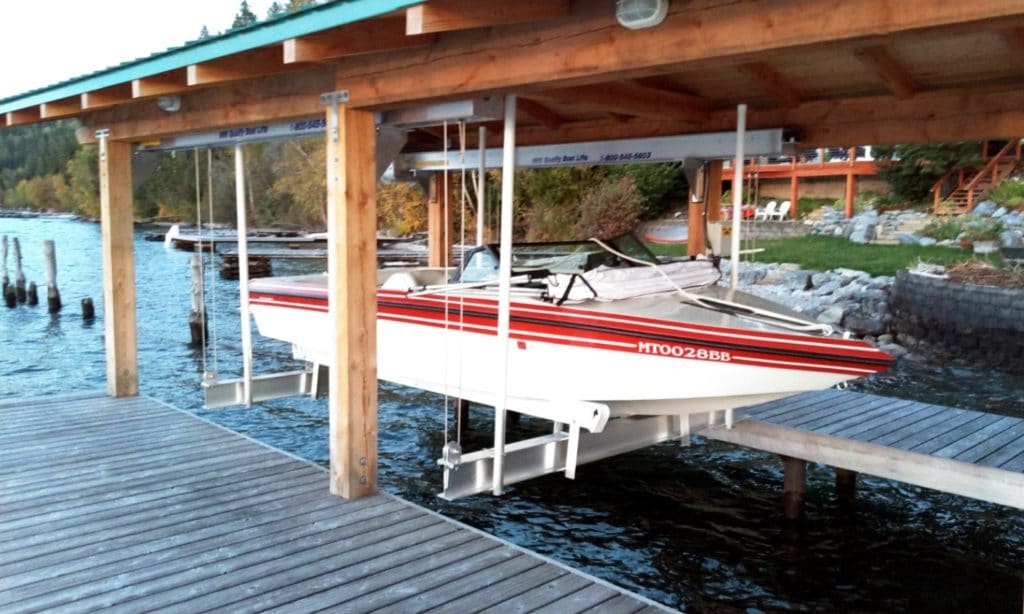For many people with salt in their blood, there is simply no experience like cutting through the waves on a bright and sunny day in their boat. Whether it’s fishing or skiing on an inland lake or running down the coast, the sense of freedom and independence is an experience that drives millions of boat owners.
Making Financial Sense
Investing in the perfect boat to ensure you have this opportunity is a big decision. However, there are ways to make that decision much easier. In fact, finding just the right boat may include thinking of it as a business expense.
If you are involved in any type of company or business where you entertain clients, your boat may provide some creative alternatives. You and your family enjoy your boat, and there are millions of others who don’t own boats who also enjoy that experience. Take this fact into consideration, and you just might end up with larger, more versatile choices for the boat you purchase.
There are a number of ways you can use a few smart financial insights to make your boat more affordable and to justify a larger one. Below are five tips that others use to make boat ownership easier to handle.
1. Business entertainment.
Taking prospects and clients out for a short spin or an enchanting sunset cruise is a great way to build and maintain profitable relationships. If you use your boat for this purpose, there are many deductions that you can utilize to lower your taxes. There are some special rules, but it is worth learning about them. You can deduct up to 50 percent of your expenses for each trip, including such things as food, drinks, fuel, mooring fees, and even tournament fees if you fish. Check with your tax professional for the details and start using that deduction.
2. Renting or leasing your boat.
It is easy to find individuals and firms that will rent your boat out to tourists or other short-term users. You will have to report this income, but there are often enough deductions to make this another way to save on taxes. With the ability to write-off depreciation, mooring costs, fuel, maintenance and other expenses, this offers a great alternative to just having the boat sitting in the slip. Again, any tax professional can help you understand the best way to use this financial strategy.
3. Declare your boat as a second home.
Many boat owners are surprised to discover they can deduct the interest on their boat payment under certain circumstances. There are some considerations to declaring your boat as a second home, but there is a totally legit basis for doing so. Your vessel must have a sleeping area, head, and facilities for cooking to serve as a second home. Also, you must stay on the boat at least 14 days a year, or, if it is also rented, at least 10 percent of the total days’ others pay to use it.
4. Deduct taxes.
Keep track of all your sales taxes and related expenses, or lease your boat. Depending on your state and income level, the taxes paid on purchasing your boat are deductible. Your tax advisor can also explain the potential advantages of leasing instead of buying your boat.
5. Donate your boat.
There are several different strategies for donating a boat. If you are simply getting rid of an old boat, you will normally be able to deduct the market value of a donation to a charity. On the other hand, if you aren’t using your boat regularly, you may find it worthwhile to donate the boat to a certain charity while arranging to use it periodically. You can take the full deduction and then pay the charity a market rate when you use it. If that use is for business, the payment is deductible as a business expense, as discussed above.
Take the time to visit with your tax professional and an experienced boat salesman. You can save on the costs of boat ownership and, perhaps, even justify a bigger boat to enjoy.
For questions about boat lifts, contact us.





